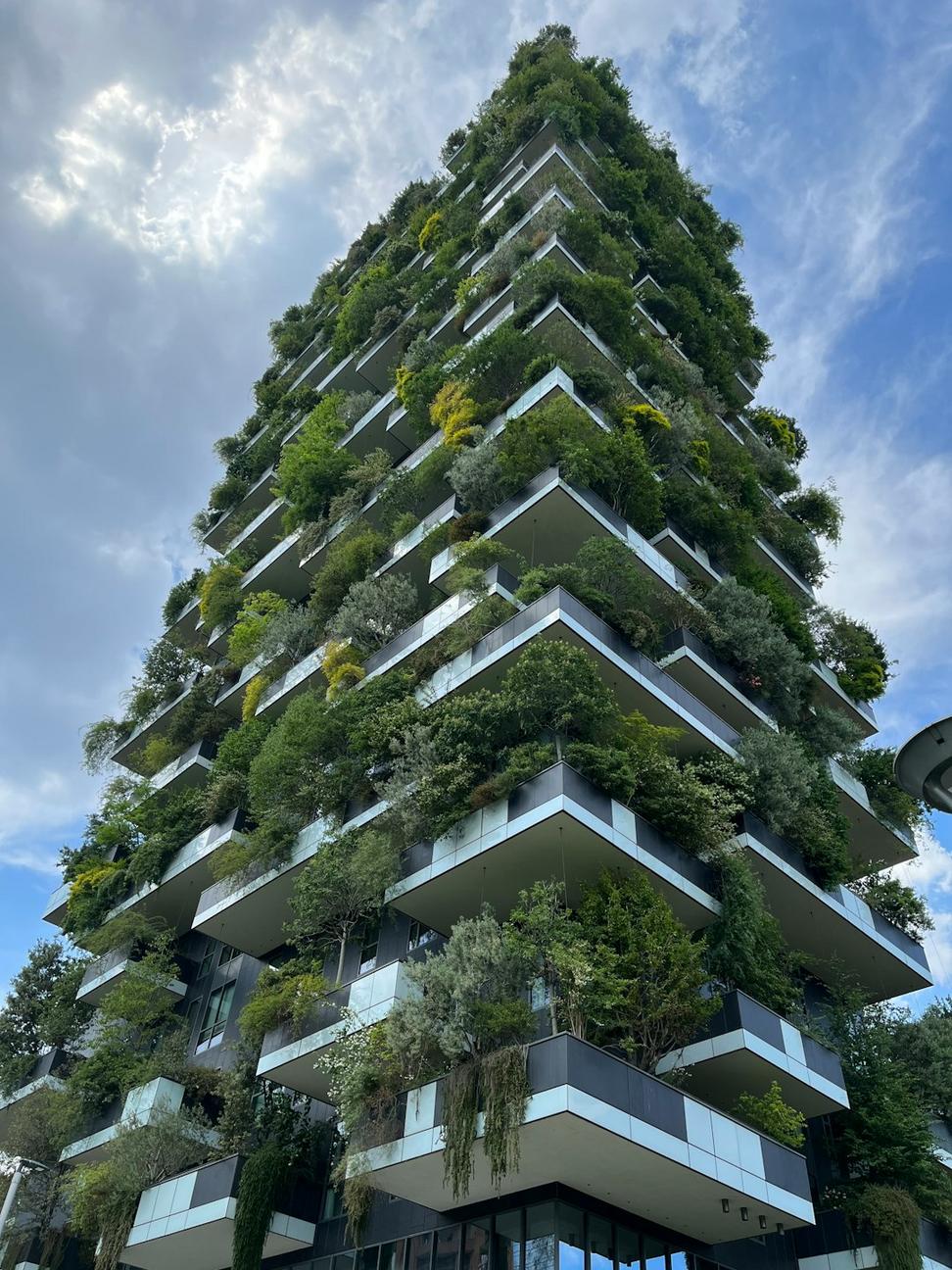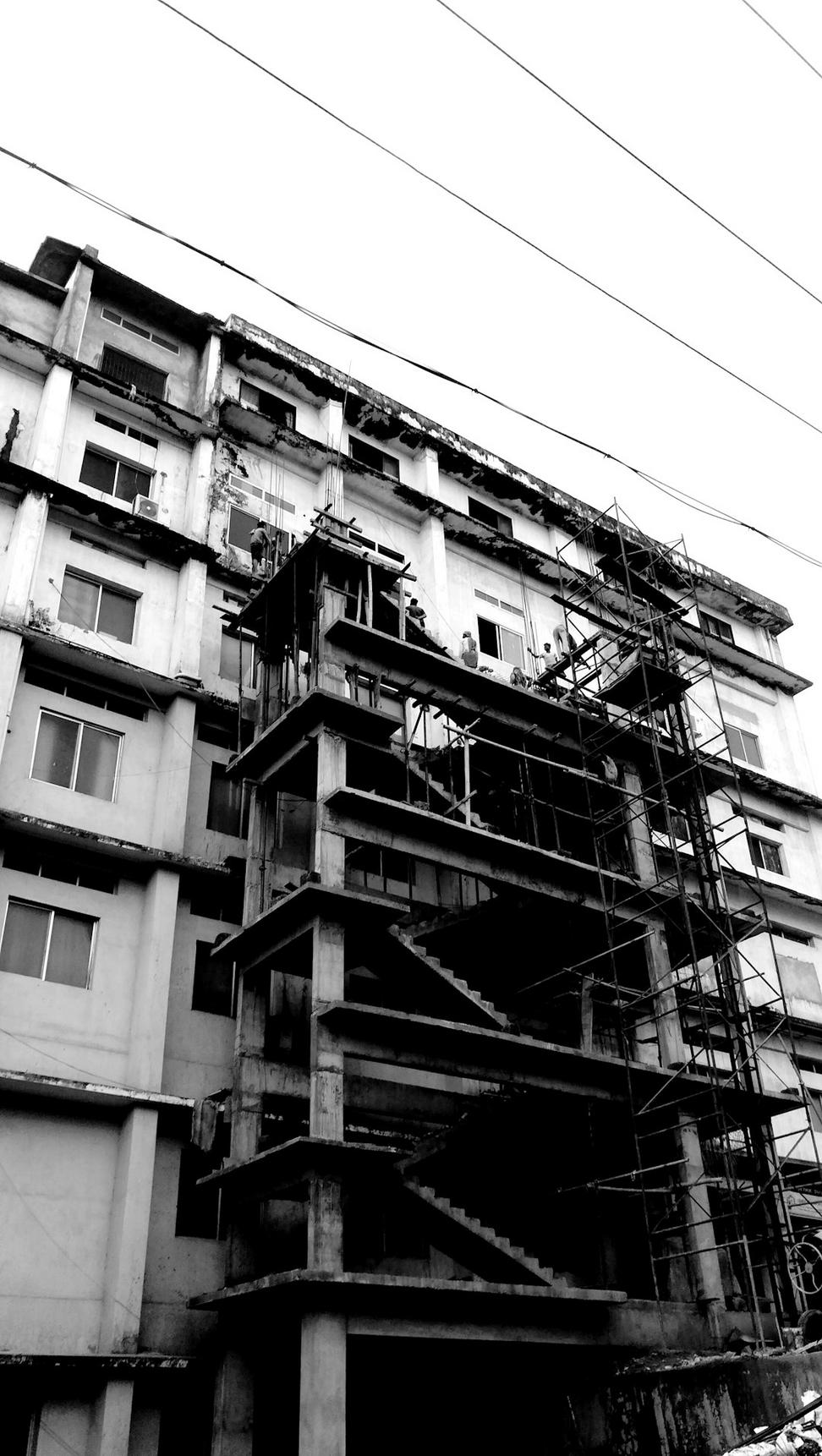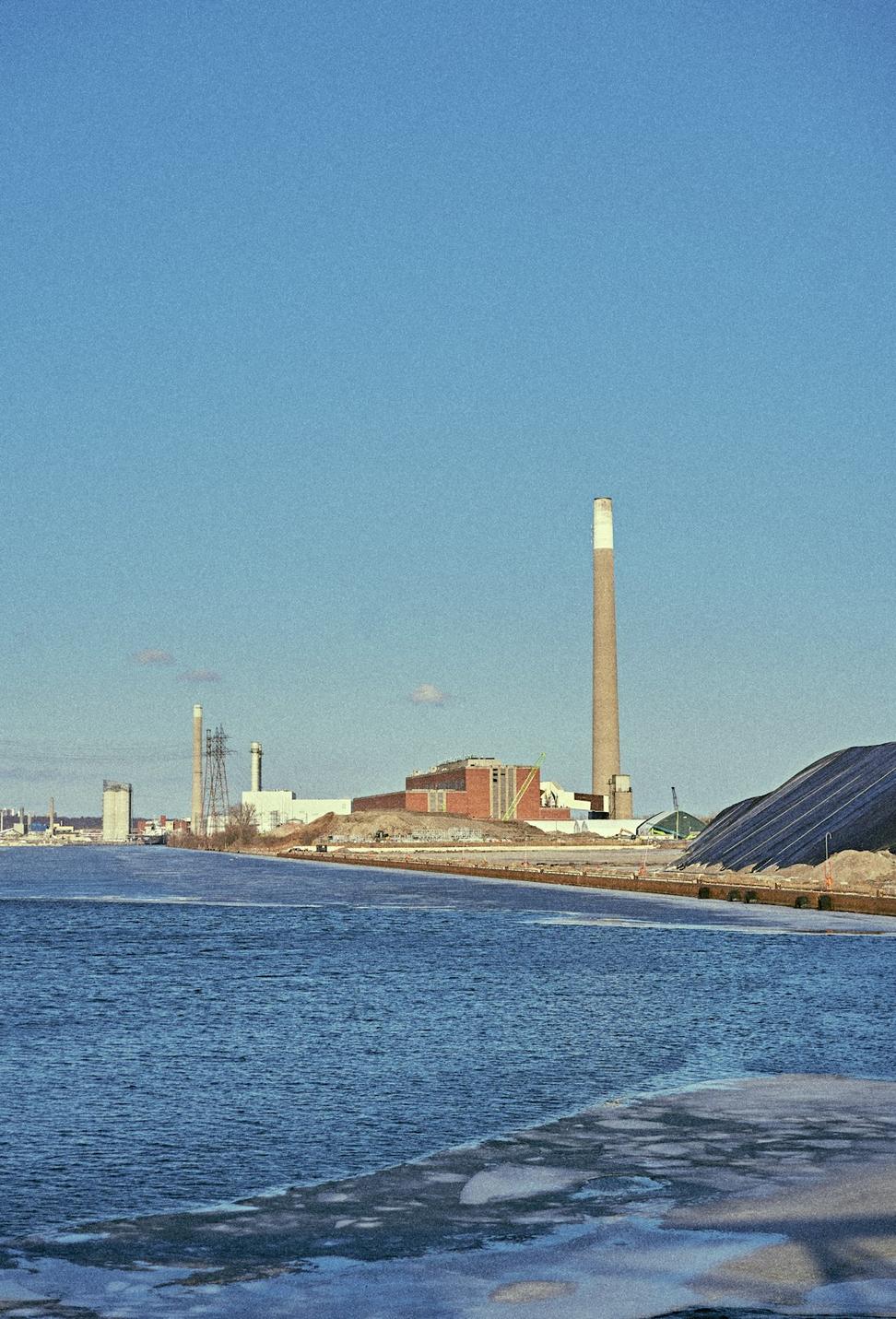
Building Smarter, Not Just Bigger
Because old steel and new green tech actually get along pretty well
But here's what we've learned after twenty-something years of working with industrial buildings: the most sustainable thing you can do is usually keep what's already there. That hundred-year-old brick warehouse? It's already stored decades of embodied carbon. Tearing it down to build "green" from scratch often doesn't add up.
We got into this field because someone had to figure out how to make heritage structures work for modern life without gutting their soul. Turns out, that approach is inherently sustainable - who knew? Well, probably a lot of people, but we learned it the hard way.
Our projects typically cut energy consumption by 40-60% compared to standard new builds, and we've racked up a decent number of certifications along the way. Not because we're chasing plaques (though they look nice in the lobby), but because good design and environmental responsibility tend to overlap.

Average Energy Reduction Across Projects
Water Usage Decrease in Mixed-Use Developments
Material Diversion from Landfills During Restoration
Tonnes CO2 Equivalent Saved Since 2018
14 Projects Gold or Higher
We've pushed 8 heritage restorations through LEED certification, which honestly wasn't easy. The system wasn't really designed for adaptive reuse, but we made it work. Two platinums in there that we're particularly proud of.
Active Since 2012
Canada Green Building Council standards are baked into our process. We're not just members - our senior partner sits on their heritage buildings committee, helping shape how these standards apply to older structures.
3 Certified Projects
Achieving Passive House standards in a 1920s industrial building? Yeah, that's a challenge. But we've done it three times now. Turns out those thick masonry walls are actually an advantage once you know what you're doing.
89% of Projects Score 75+
Most of our commercial work hits Energy Star certification levels. The portfolio manager tool has become our go-to for tracking actual performance versus predictions - because what's the point if it only works on paper?
2 Petal Certifications
The full Living Building Challenge is brutal - like, really hard. We've achieved petal certification on two projects so far. It's aspirational stuff, but it pushes us to think differently about material sourcing and building health.
We run detailed thermal and energy simulations early on, then actually track performance after completion. Found out the hard way that theoretical models can be way off if you don't account for how people actually use spaces.
Before demo starts, we catalog everything salvageable. Old growth timber beams, brick, steel - this stuff has value and character. Plus, it's already on site, which beats trucking in new materials from wherever.
We've integrated water reclamation into about half our projects. It's not always feasible, but when it works, you're looking at serious municipal water savings. Plus older buildings often have the space for these systems that new construction doesn't.
Solar panels on a heritage building? Yeah, we've done it. Sometimes they go on the roof where nobody sees them, sometimes we make them a design feature. Ground-source heat pumps work great with heavy masonry construction.
Those big industrial windows weren't just for looks. We work with existing building features to maximize natural airflow, reducing HVAC loads. Sometimes the best tech is no tech - just smart use of physics.
We install smart building systems that track energy, water, and air quality in real-time. Then we actually check the data and make adjustments. A building should perform better in year two than year one.

This one was tricky. Four-story brick warehouse that'd been sitting empty for a decade. The client wanted residential units, ground-floor retail, and LEED certification - on a heritage-designated building.
Kept the original timber posts and beams exposed, added insulation behind the brick (carefully, to avoid moisture issues), installed geothermal heating, and put solar panels on the new rooftop addition. The building uses less energy now than it probably did when it was new.
Sustainability isn't a feature you add at the end. It's baked into every decision from day one - or it's just greenwashing.
The greenest building is the one that's already built. We start with what's there and work from that point.
Sustainable design that people hate won't last. Comfort and efficiency need to work together, not fight.
If you're not tracking performance, you're just guessing. We believe in data-driven adjustments and continuous improvement.
Whether it's a heritage restoration or a new build, let's figure out how to make it work harder and smarter. We promise to skip the buzzwords and focus on what actually makes sense for your project.